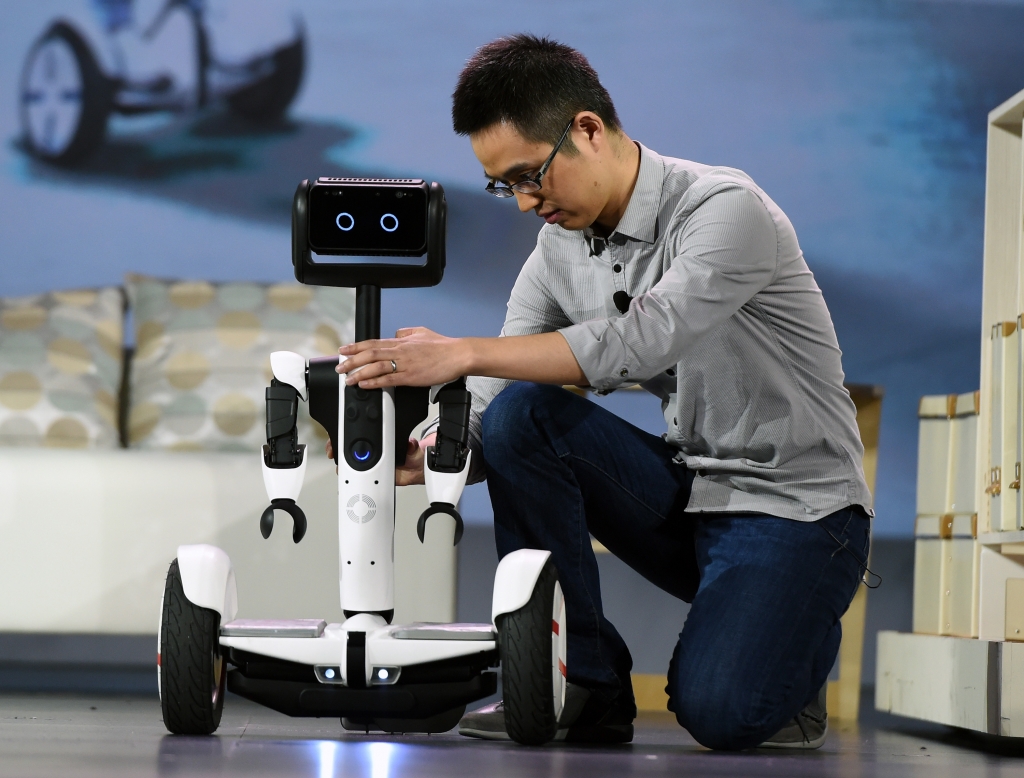-
Tips for becoming a good boxer - November 6, 2020
-
7 expert tips for making your hens night a memorable one - November 6, 2020
-
5 reasons to host your Christmas party on a cruise boat - November 6, 2020
-
What to do when you’re charged with a crime - November 6, 2020
-
Should you get one or multiple dogs? Here’s all you need to know - November 3, 2020
-
A Guide: How to Build Your Very Own Magic Mirror - February 14, 2019
-
Our Top Inspirational Baseball Stars - November 24, 2018
-
Five Tech Tools That Will Help You Turn Your Blog into a Business - November 24, 2018
-
How to Indulge on Vacation without Expanding Your Waist - November 9, 2018
-
5 Strategies for Businesses to Appeal to Today’s Increasingly Mobile-Crazed Customers - November 9, 2018
Intel unveils Segway personal robot at CES
When you’re not riding it, the Segway Robot can drive itself around. The Segway hoverboard uses Intel RealSense technology.
Advertisement
Then when demonstrators attach arms to the hoverboard robot, people get really excited. Even so, Intel was at CES 2016, showing off it’s hoverboard that it built with Segway, one that is capable of transforming into your robot valet.
In the past, the Segway has often been, well, a little laughed at, if not ridiculed – the personal transportation devices are most often seen with a horde of slightly overweight tourists leaving the “walking” out of a walking tour.
The company will also release a small personal transport device, the Mini Pro Segway, through American web store Amazon next month, after its Asian release saw more than 100,000 sold in just two months. Travelling at a speed of 18km per hour, the Ninebot Segway will turn into a robot as the trip is completed and the master commands it.
“We designed this Segway to be an open platform”, said Intel CEO Brian Krzanich, during a keynote speech at the event. The combo of the three companies, according to the Intel boss, is the biggest factor in keeping the price of the personal robot from being too ridiculous.
Put simply, the device is a hoverboard created to easily transform into a robot that cannot only stream video, but also make facial expressions and an assortment of other gestures thanks to its digital blinking eyes and movable arms. Along with Intel’s Real Sense VR300 depth camera, it has a fisheye camera and night vision. The robot even understands vocal commands and will respond in its own robotic voice.
Advertisement
It’ll be interesting to see what the developers come up with – there’s a lot of potential in the cameras and the screen, and speaking robots like this one have successfully been used help teach children with intellectual disabilities. A developer kit will be available in the second half of 2016, with a commercial version released at a later date.




























